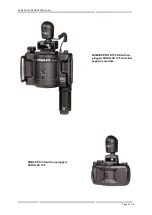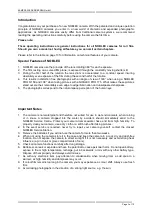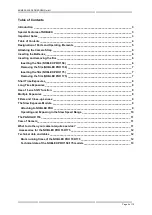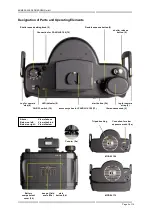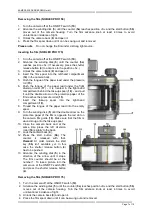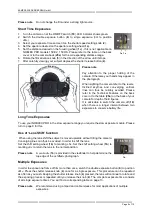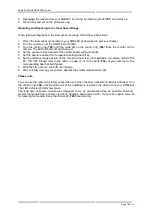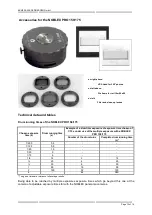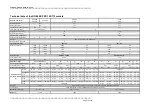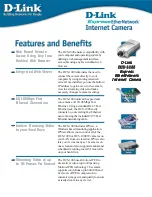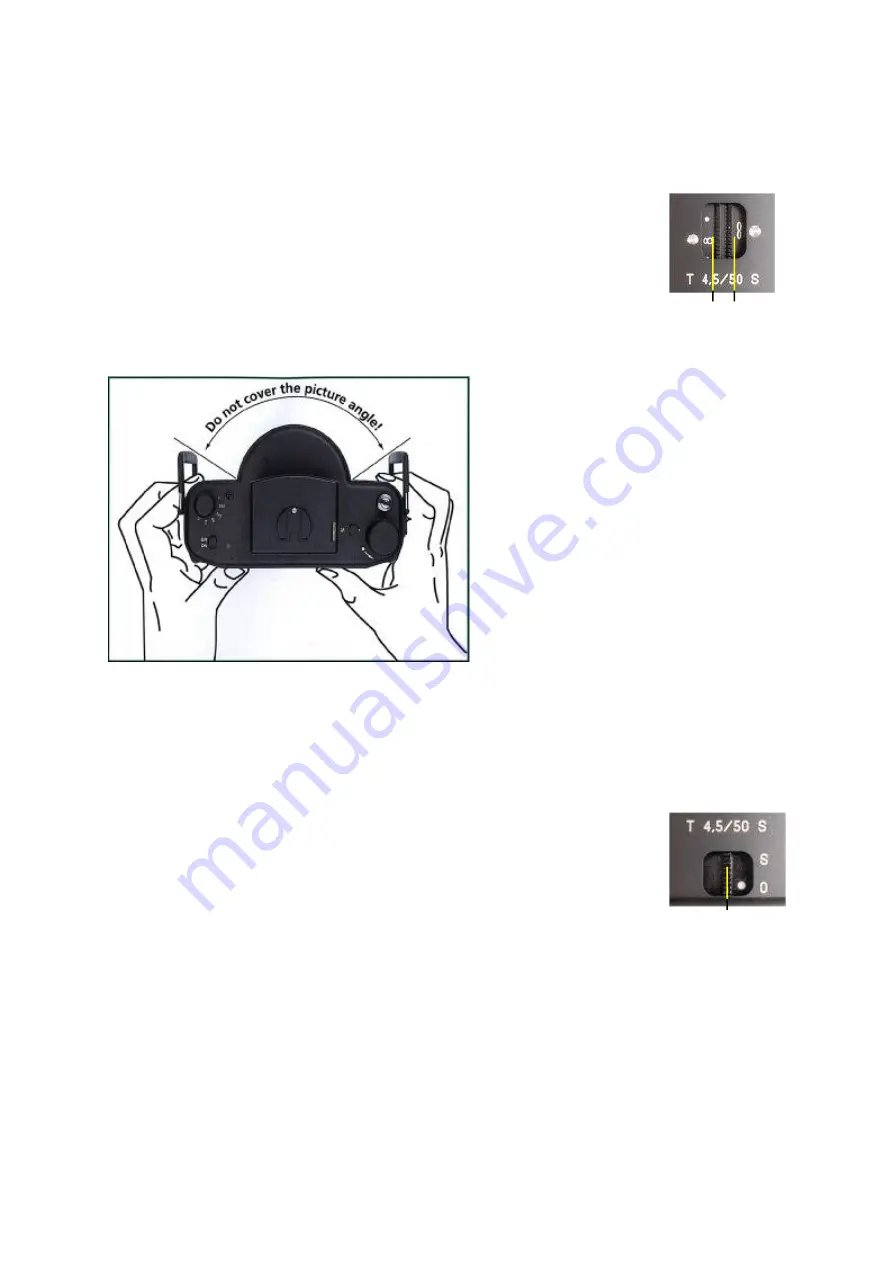
KAMERA WERK DRESDEN GmbH
Page 8 of 15
Please note
Do not change the film under a strong light source.
Short Time Exposures
1. Turn the camera on at the ON/OFF switch (
10
). LED indicator shows green.
2. Switch the double exposure button (
6
) to single exposure (not to position
»M«).
3. Select your exposure time and set it on the shutter speed setting knob (
2
).
4. Set the aperture desired on the aperture setting wheel (
1a
).
5. Set the distance desired on the focusing wheel (
1c
) - this is not applicable on
NOBLEX PRO models 150 E2, 150 HS. Please refer to the table on the back
cover or to the camera back (
25a
) for the corresponding distance range.
6. Rotate the film advance knob (
5
) in the direction of the arrow until it stops.
7. After carefully viewing your subject depress the shutter release button (
4
).
Please note
Pay attention to the proper holding of the
camera. Otherwise your hands may appear in
the photograph.
When sighting the camera refer to the levels.
Inclined skylines and con-verging vertical
lines can thus be reliably avoided. Please
refer to the Technical Features on the back
cover or to the table (
25a
) on the back of your
camera for depth of field figures.
It is advisable to switch the camera off (
10
)
when there is a longer interval between two
exposures to conserve battery life.
Long Time Exposures
To use your NOBLEX PRO in the slow exposure range you require the slow exposure module. Please
turn to page 9 for this.
Use of ‘Lens Shift’ function
When using the lens shift the subject is moved upwards without tilting the camera.
Converging lines can thus be avoided. In order to shift the lens:
Set the shift setting wheel (
1b
) to marking »S«. Set the shift setting wheel (
1b
) to
marking »0« to return the lens to the normal position.
Please note
A »cut-out« (
7a
) is provided in the viewfinder to help determine the
top edge of the »shifted« photograph.
Multiple Exposures
In order to expose one frame of film more than once, switch the double exposure button (
6
) to position
»M«. Press the shutter release knob (
4
) once for a single exposure. This procedure can be repeated
as often as you wish. Keeping the shutter release knob (
4
) pressed, the lens will continue to rotate and
the exposing process is repeated until you release the knob (
4
). The complete exposure time consists
of all single exposure times. You will find a corresponding table on page 13.
Please note
We recommend using a tripod and cable release for most applications of multiple
exposures.
1b
1a 1c


